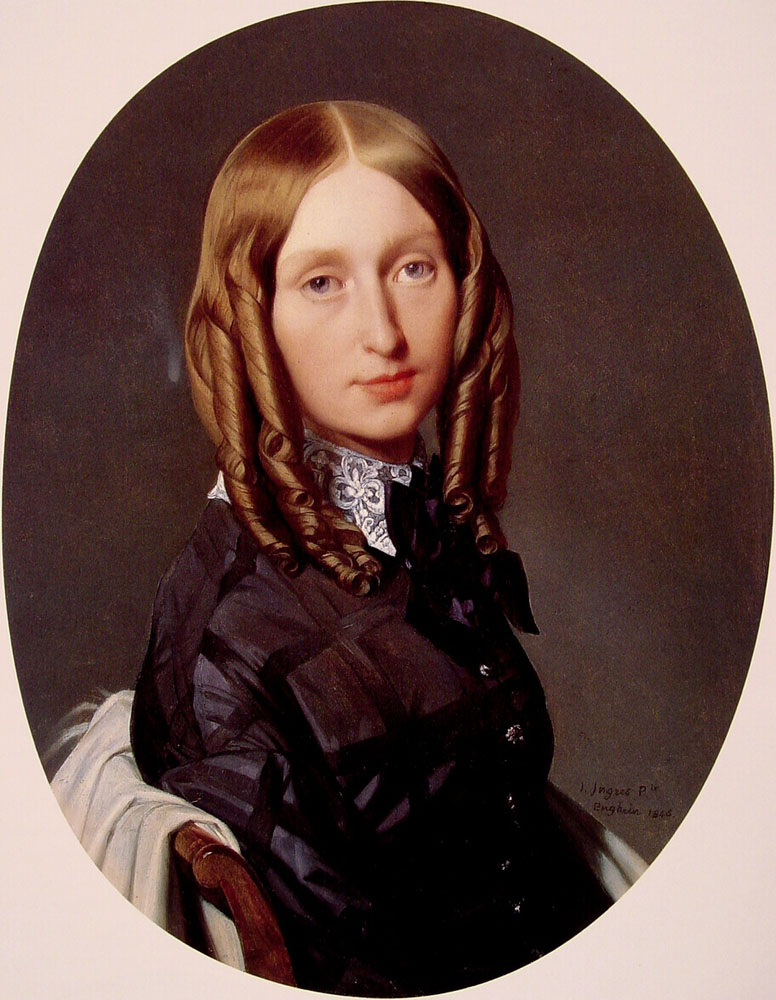Jacques-Louis David’s “The Lictors Bring to Brutus the Bodies of His Sons” is a history painting that depicts a powerful Roman moment. The painting showcases the return of the sons of Brutus, who were sentenced to death by their own father for engaging in treason. This artwork can be both appreciated for its artistic value and historically significant.
The work made use of both a drawing and an oil painting version, which are now held at the Louvre Museum in Paris. Although now considered a masterpiece, initial reception from viewers was lukewarm when it was first exhibited at the Paris Salon in 1789. In fact, it was refused at first but due to public demand following its display on an outside wall where people could see it anyway, it eventually got exhibited inside for everyone else’s viewing pleasure.
This painting is representative of neoclassicism as an art movement because of its interest in classical subject matter and its romanticizing historical themes relevant during this time period. It would have been seen as patriotic towards France due to interest in Rome being elevated through visual representation like “The Lictors Bring To Brutus The Bodies Of His Sons.”























